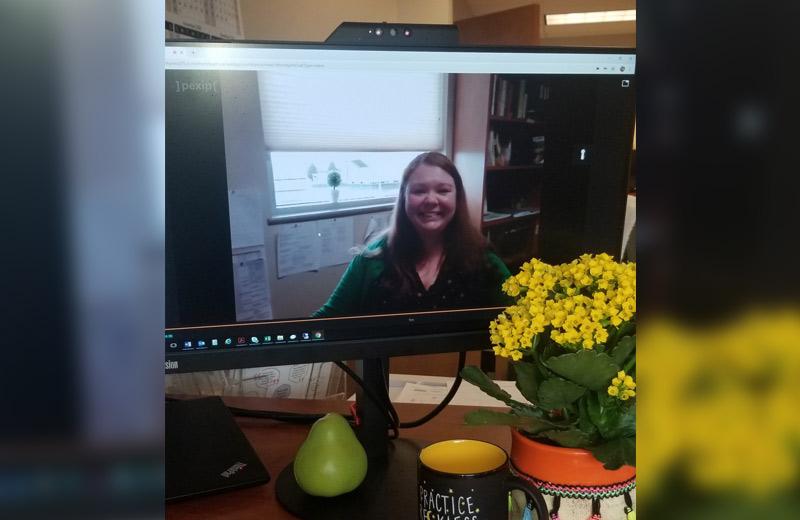I work in a Northern Health Primary Care clinic, and a lot has changed with COVID-19. Over the last few months, the waiting room, which is usually bustling, has been fairly quiet as many in-person clinic visits have moved to phone or video visits. In the remaining in-person visits, we’ve found new ways to connect and provide comfort while our smiles are hidden behind masks.
Continuing services
Despite this, when it comes to caring for clients, it’s been “business as usual” in many ways. People still need to access primary care services to help manage chronic disease, take care of their mental well-being, and manage their health. Some people need this now, more than ever.
Offering virtual care
In our clinic, we’ve moved to offering virtual visits, when possible. Phone or video-chat sessions can be an effective way to continue to provide certain services. True, this virtual approach does not work as well for some types of care. It’s also not the best fit for clients who live with hearing challenges or who have other barriers to using technology. In these cases, I see my colleagues working extra hard to ensure everyone’s safety during in-person visits. But for many other clients, it makes sense to continue working with them virtually.
Discovering advantages
Working virtually has been surprisingly effective for many clients. My colleagues and I see a lot of benefits to caring for our clients in this way:
- We support physical distancing. Many clients express fears and anxiety related to COVID-19, and virtual appointments allow us to provide care while clients remain in the safety of their homes.
- Virtual appointments may be easier for clients who face challenges in getting to the clinic.
- With travel, clinic visits may take hours; virtual visits only take 30-45 minutes.
- Because no travel is required, clients are more flexible with their time, can often be seen sooner, and follow up more often.
- When sharing information with their care providers, clients have various items at their fingertips, such as names of medications, food products, or paperwork.
- Video assessments let us see exactly how a person functions in their home – which might be very different from when they’re put “on the spot” in the clinic.
Bringing us together
As a dietitian, I’m becoming more comfortable with providing care in this new way. Every time I get to meet a client on video, it’s an honour to “join” them in their homes, to “meet” their family (or pets that wander into view of their webcams), and to see the environment where they experience their meals. It adds so much richness to our appointments and lets me better tailor their care. Through these virtual connections, it seems that being physically distant can actually draw us closer together!
To learn more about the work of dietitians in BC during COVID-19, see How Dietitians Help During and After the COVID-19 Pandemic.
Looking to connect with a dietitian?
- There are dietitians in various communities across Northern Health. A referral may be required. Talk to your health care provider to learn more.
- BC residents can also access Dietitian Services at HealthLink BC, by calling 8-1-1 (or 1-604-215-8110 in some areas) and asking to speak with a dietitian.














Comments